Do you ever wonder what happens to the garbage you threw out from lunch, the birthday balloons after the party was over, or that straw you used from that restaurant? Studies show that 10% of intended trash ends up in the ocean, and 80% of that is plastic. But overall studies show that 14 million tons of plastic end up in the ocean every year.
I volunteer at the Fort Fisher Aquarium in Kure Beach. I’ve learned a lot about conservation and our environment. I teach guests about conservation and how to care for the environment. Some of what I discuss is how we can help. I like to look at the smaller picture, as in what everyone can do to help. Eventually, the smaller picture will lead to the bigger picture. For example, turn the lights off when you leave the room. This will reduce energy and reduce carbon emissions and other harmful greenhouse gases.
So let’s get into why greenhouse gases and carbon dioxide are not good for the environment. Once these gases are let into our atmosphere, they can form a “blanket” around the Earth, this blanket traps heat in our planet. This is where Global Warming comes into play. Each year, summers get hotter and hotter, and scientists are very worried about this, that’s just the tip of the iceberg of issues this could cause us as a society.
Now I don’t want readers to be afraid, because if you’re afraid you might think there’s no hope. That’s the biggest misconception I’ve ever heard. Every single person has the ability to help the climate crisis. There are simple things you can do as in just acknowledging that there is clearly an issue. Spread the word, our planet is overheating.
People need to know that we are losing so many species just because of the heat and the pollution. Has anyone thought of the farmers? The heat is causing droughts. No water or rain equals no crops, then no crops equal no food or profit. It’s full circle.
North Carolina manages conservation extremely well, with numerous national parks and animal rehabilitation centers. The Fort Fisher aquarium, for example, has a full display of conservation and recently has added conservation training for the volunteers to educate the public on what they can do to help with the crisis.
At the aquarium, staff receive a permit every year, to take in two baby loggerhead sea turtles, and raise them until they are over one year old and are ready to survive on their own. That’s when they get tracked and released back into the ocean. They do this process because hatchlings, especially now, have a low survival rate. Their low survival rates as hatchlings relate back to conservation as the young turtles confuse the plastic in the ocean as food. They eat the plastic and unfortunately die.
That species of turtle was a “threatened” species, but aquariums all around the state, doing this process each year, have been able to repopulate and mostly save the species.
Over time, there is still time to save our environment. If we all do our part, we will see the result, and maybe one day our grandchildren will be able to see sea turtles.

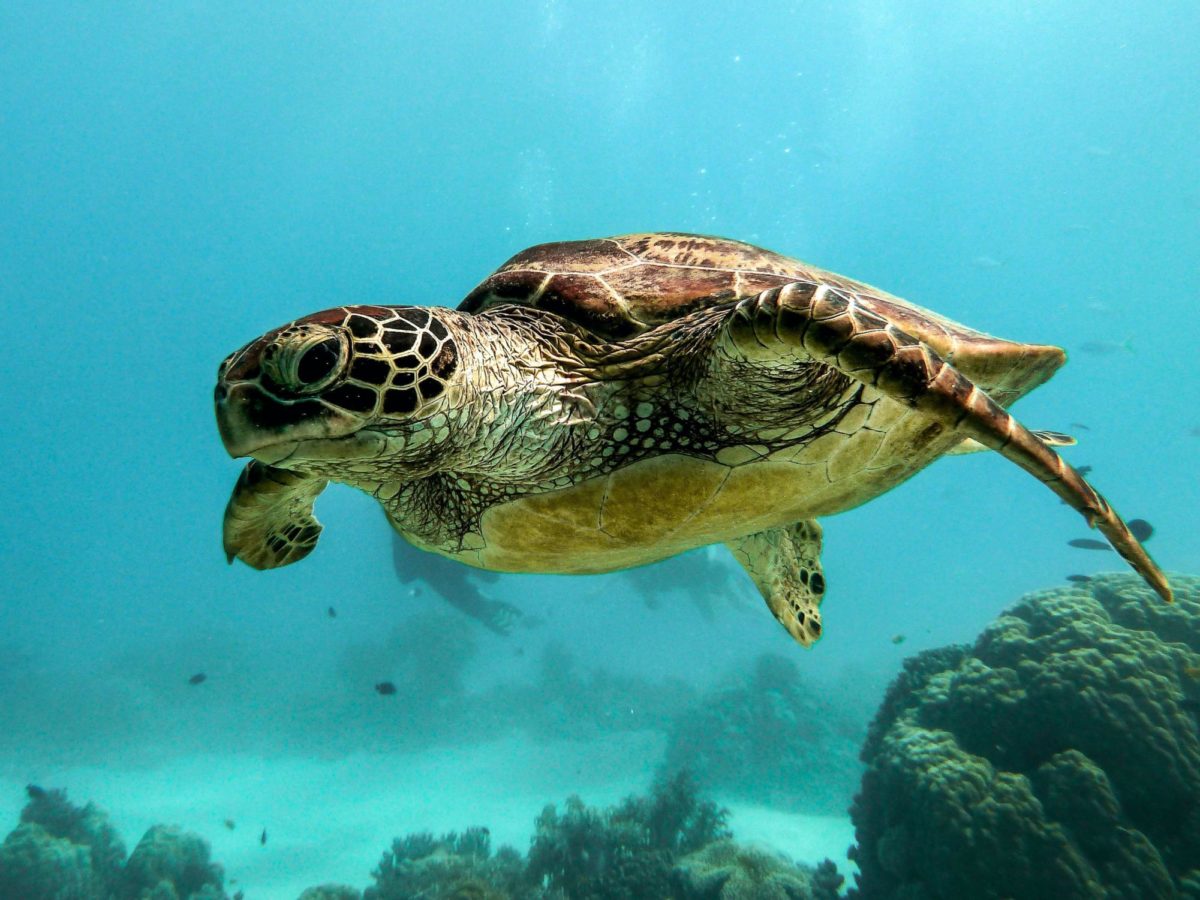
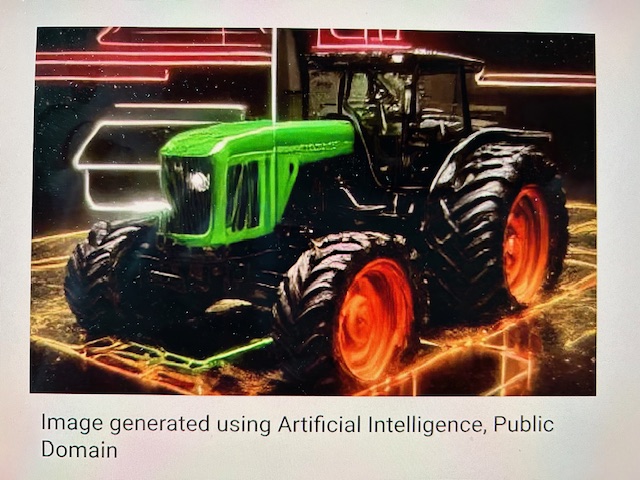

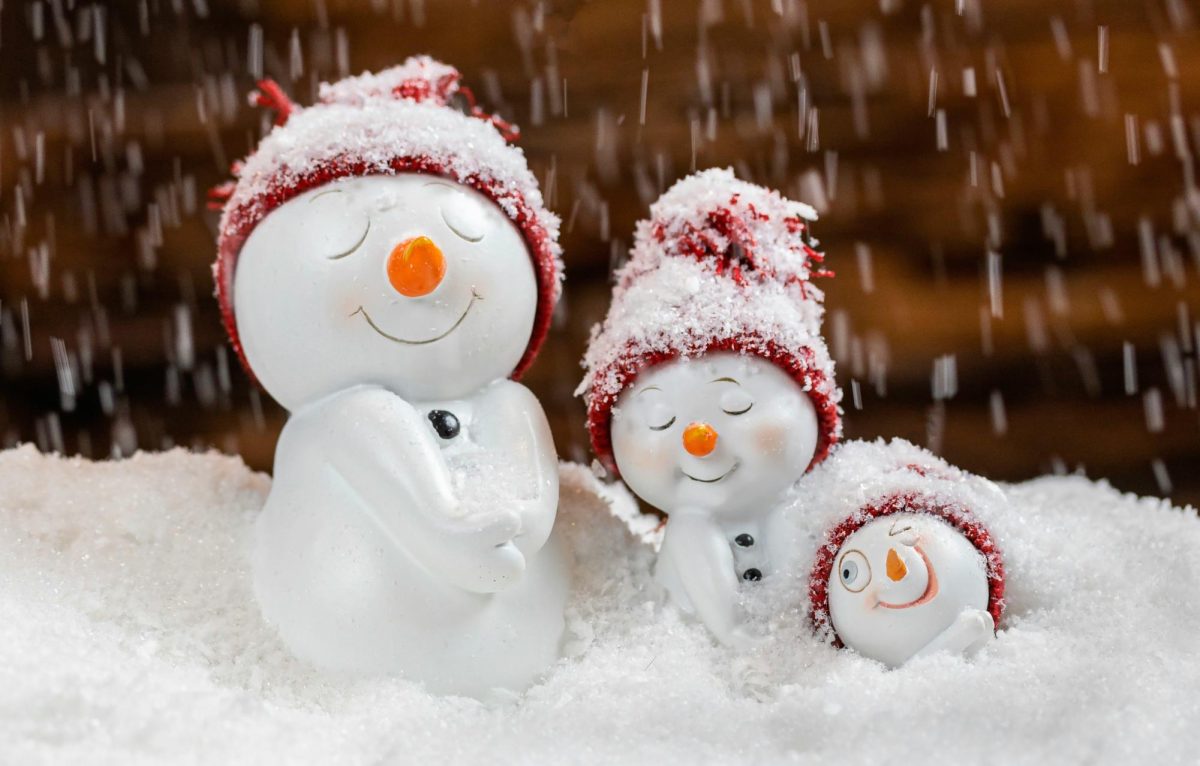
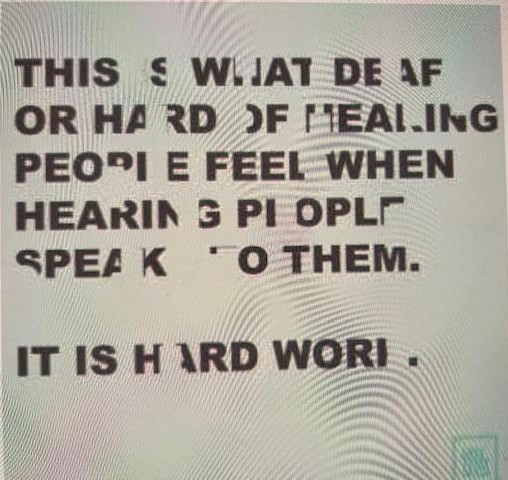
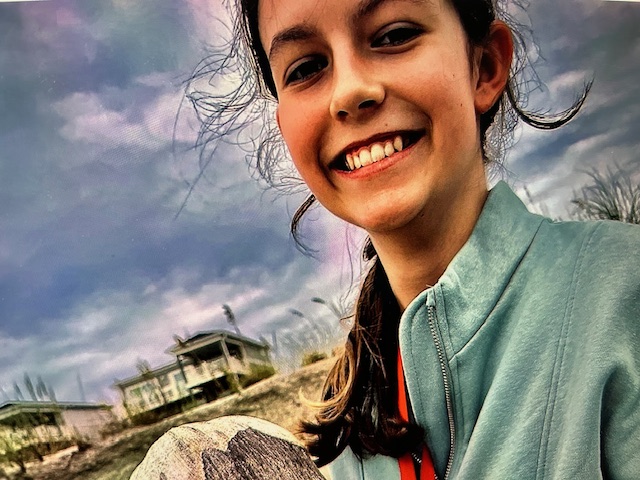

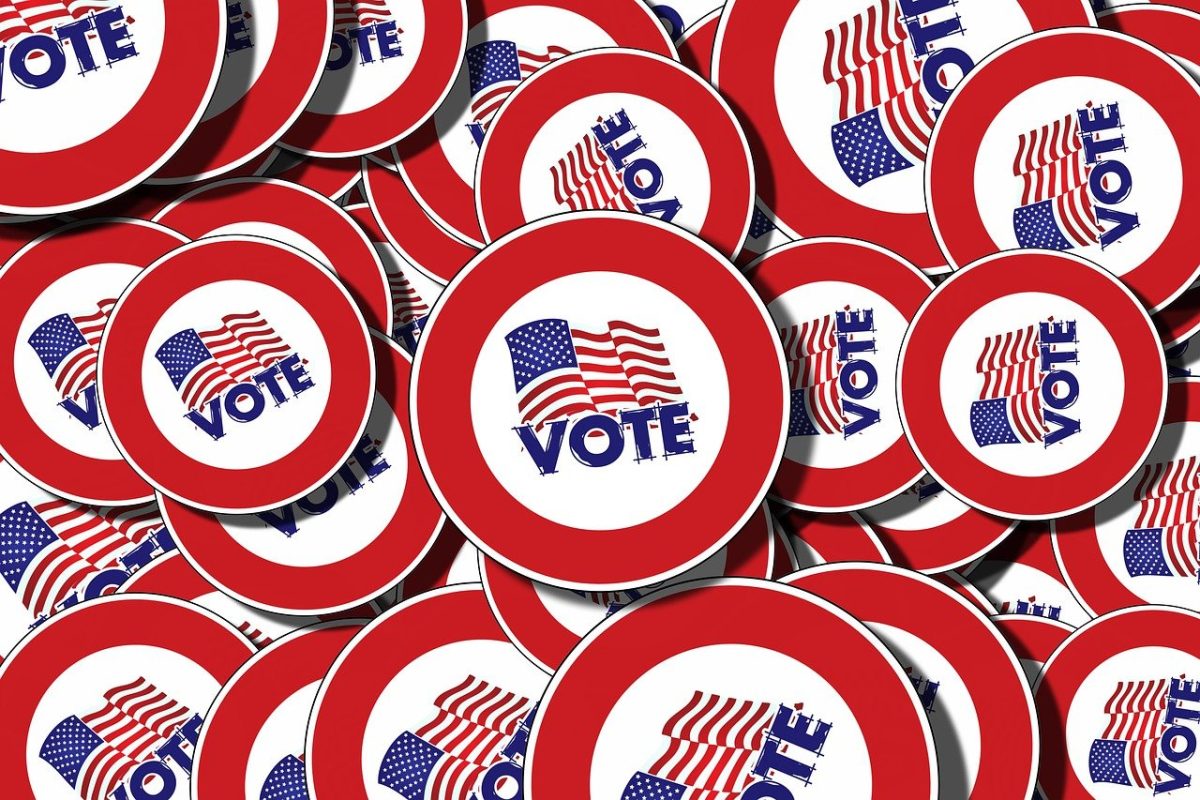
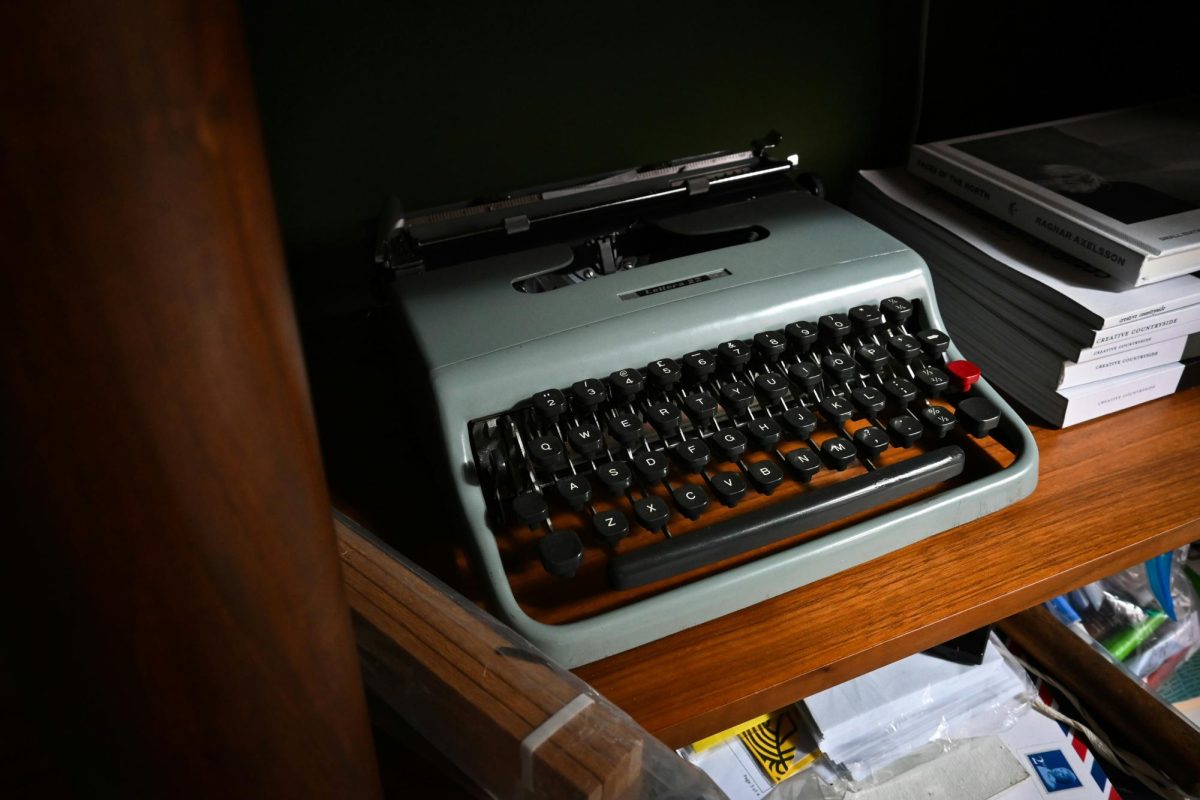
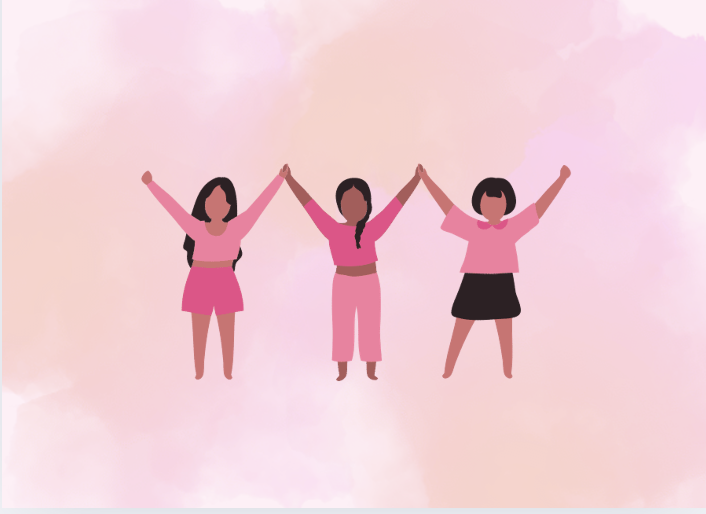
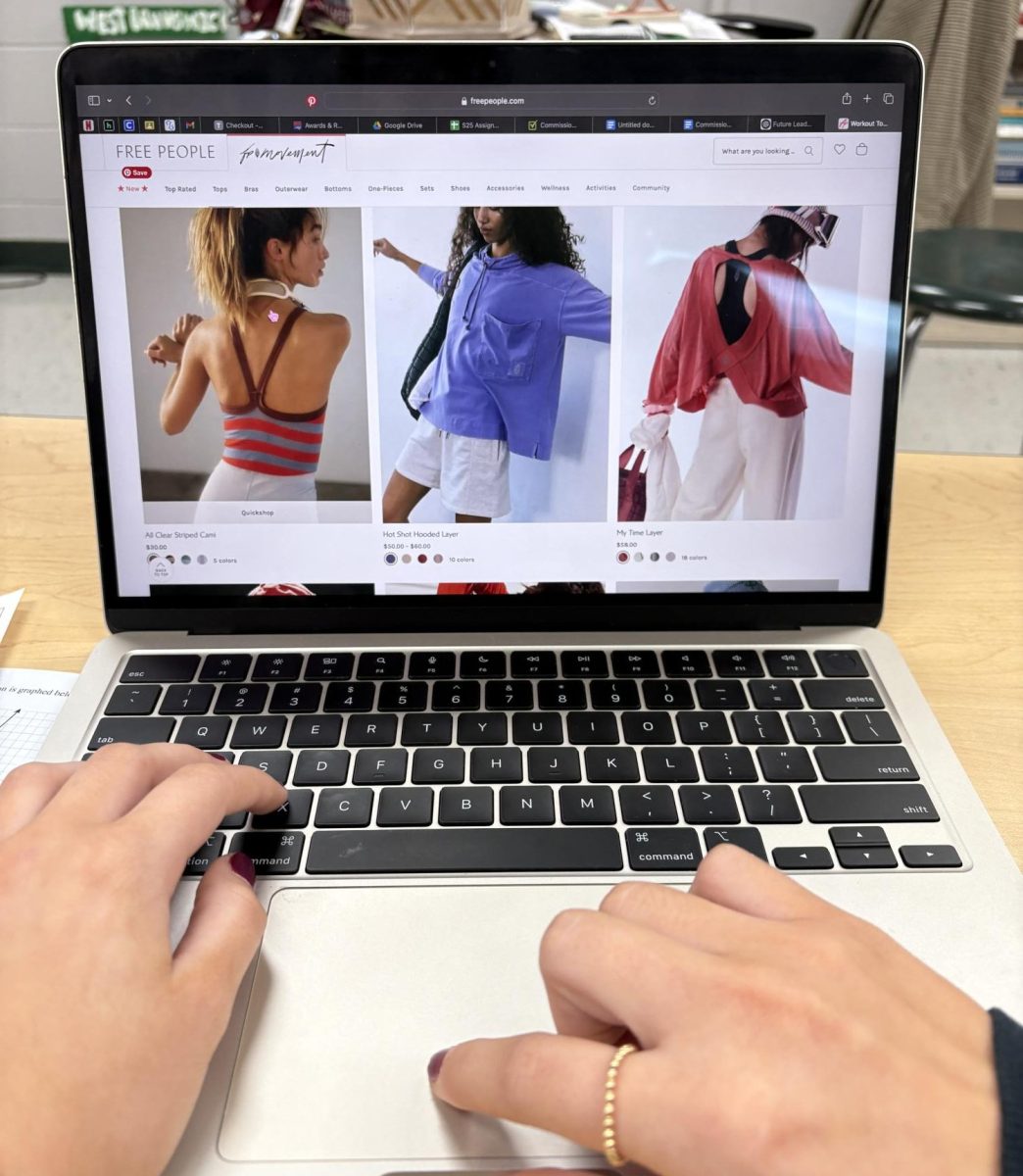

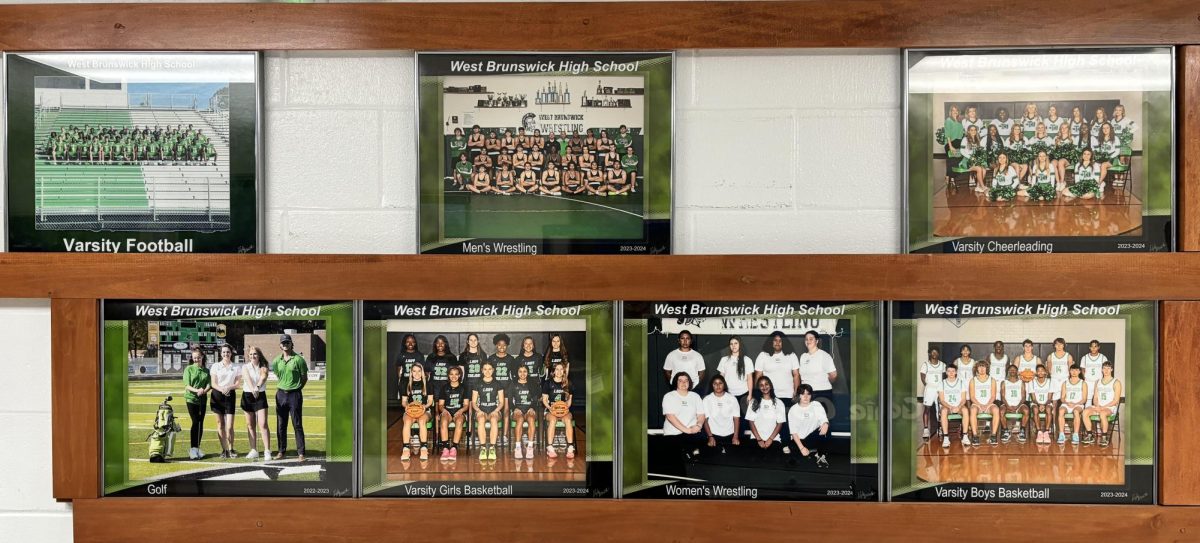
Michael S. • Oct 29, 2023 at 7:33 pm
I learned so much from this article! Let’s have more writers willing to tackle these tough subjects like this impressive young woman. She is an asset to our community.